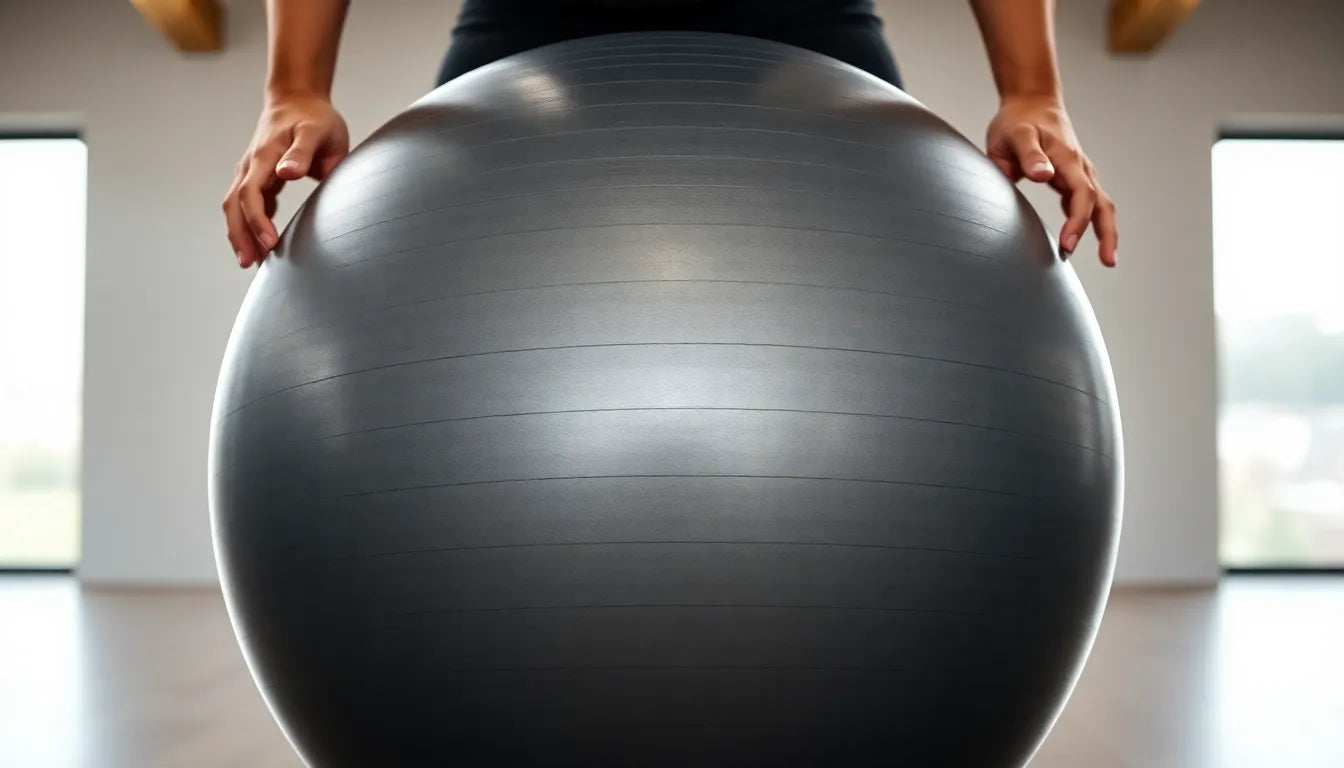In today's fast-paced work environment, many find themselves spending long hours seated at their desks, often leading to a range of physical discomforts. Sedentary office work is increasingly common, and with it comes a host of issues such as neck, back, and shoulder pain. These pains are not just minor annoyances; they can significantly impact one's quality of life and productivity. Fortunately, there is a simple yet effective solution: office stretching.
the importance of office stretching
Office stretching involves incorporating regular stretching exercises into your daily work routine. This practice can help alleviate the discomfort associated with prolonged sitting. By engaging in stretching exercises, you can prevent muscle tension, improve your posture, and ultimately boost your productivity. With growing awareness of the negative effects of prolonged sitting, more individuals and organizations are recognizing the benefits of breaking up sedentary periods with movement.
Regular stretching is not just about physical well-being; it also contributes to mental clarity and focus. When you stretch, you increase blood flow to your muscles and brain, which can enhance concentration and reduce stress. This holistic approach to workplace wellness is gaining traction, as more people seek ways to maintain health and efficiency in their professional lives.
what to expect from this guide
This guide offers a comprehensive look at practical stretching exercises that can be seamlessly integrated into your workday. You won't need any special equipment, and these exercises are designed not to disrupt your workflow. From simple arm stretches to more involved hip flexor stretches, the exercises included are easy to follow and can be performed in the comfort of your office space.
In the sections that follow, you'll find detailed instructions on how to perform each stretch, along with the specific benefits they offer. Whether you're looking to relieve tension in your shoulders or improve flexibility in your hips, this guide has something for everyone. By dedicating just a few minutes each day to these exercises, you can transform your office experience, making it more comfortable and productive.
Embracing a routine of office stretching is a proactive step towards better health and well-being. It's about more than just physical relief; it's about enhancing your overall quality of life. As you explore the exercises in this guide, you'll discover that making time for stretching is an investment in your personal and professional success. So, let's dive into the world of office stretches and start your journey to a more comfortable and productive workday.
benefits of incorporating office stretches
Incorporating stretching exercises into your office routine offers a multitude of benefits that extend beyond mere physical relief. Regular office stretches can significantly reduce muscle tension, enhance flexibility, and improve overall posture. These benefits are crucial for those who spend prolonged periods seated, as they counteract the negative effects of a sedentary lifestyle.
Studies have shown that regular stretching can lead to a decrease in musculoskeletal discomfort, particularly in the neck, shoulders, and lower back, which are common areas of strain for office workers. By alleviating these tensions, stretching not only enhances physical comfort but also contributes to mental well-being. The act of stretching increases blood circulation, which can help clear the mind and sharpen focus, leading to enhanced concentration and productivity.
Moreover, the mental health benefits of stretching cannot be overstated. Taking a few moments to stretch can provide a mental break, reducing stress and promoting a sense of calm. This holistic approach to wellness is increasingly recognized as an essential component of a healthy work environment.
simple office stretches to try today
Integrating stretches into your office routine doesn't require any special equipment or significant time investment. Here are some practical stretches that you can easily perform at your desk:
- Arm Stretch: Interlock your fingers behind your back, straighten your arms, and lift them as high as possible. Hold this position for 15-30 seconds to relieve tension in your shoulders and upper back.
- Shoulder and Chest Stretch: Lift and lower your shoulders alternately and draw circles with your elbows. Repeat this motion 10 times to loosen tight shoulders and open up the chest area.
- Neck Stretch: Gently tuck your chin in and tilt your head towards your chest. Use your hands to apply slight pressure, holding the position for 15-30 seconds. This stretch helps ease neck stiffness and promotes relaxation.
- Hand and Forearm Stretch: Extend your arm and pull back on your fingers to stretch the top and underside of your hand and forearm. Hold for 15-30 seconds on each side to reduce tension from typing and mouse use.
- Hip Flexor Stretch: Kneel on one knee and push your hips forward until you feel a stretch in the front of your hip. Hold for 15-30 seconds on each side to open up the hips and counteract prolonged sitting.
- Side Stretch: Stand with feet apart, raise one arm overhead, and lean to the opposite side. Hold for 15-30 seconds on each side to stretch the sides of the torso and improve flexibility.
- Hamstring Stretch: With a slight bend in your knees, place your hands on your thighs and bend forward at the hips. Hold for 15-30 seconds to stretch the back of the thighs and reduce lower back tension.
tips for integrating stretches into your workday
To make stretching a regular part of your workday, consider setting reminders or alarms to prompt you to take stretching breaks. This can be as simple as a timer on your phone or a calendar alert. Additionally, encourage participation in group stretching sessions to foster a supportive work environment and create a culture of wellness in your office.
Visual aids such as posters or videos can serve as helpful reminders and guides for stretching exercises. These tools can motivate employees to take regular breaks, which can lead to improved productivity and a more positive work atmosphere.
By integrating these simple yet effective stretches into your daily routine, you can significantly enhance your comfort and well-being at work. Not only will you alleviate physical discomfort, but you'll also boost your mental clarity and productivity, making your workday more enjoyable and efficient.
creating a stretch-friendly office culture
Incorporating regular stretching breaks into the office environment can significantly enhance employee well-being and productivity. Promoting a culture that values wellness can lead to reduced absenteeism and increased job satisfaction. Organizations can encourage this by providing educational materials, such as guides and videos, that highlight the benefits of stretching and demonstrate proper techniques.
Additionally, organizing wellness workshops or group stretching sessions can foster a supportive community within the workplace. These initiatives not only improve physical health but also strengthen team dynamics, creating a more cohesive and motivated workforce.
combining stretching with ergonomic aids
While stretching offers numerous benefits, combining it with ergonomic aids can further enhance comfort and prevent pain. Products like adjustable chairs, standing desks, and ergonomic keyboards can complement stretching routines by providing the necessary support to maintain proper posture throughout the day.

Women's Posture Shirt™ - Black
Patented shirt designed to improve posture, relieve pain, and support daily activities.

Men's Posture Shirt™ - White
Patented Posture Shirt™ to support muscle activation, reduce tension, and improve posture at work.
Brands like Anodyne offer a range of ergonomic products designed to work in tandem with stretching exercises. By integrating these tools into your daily routine, you can create a comprehensive approach to workplace well-being, ensuring that both your body and workspace are optimized for comfort and efficiency.
frequently asked questions
how often should I stretch during the workday?
Aim for short stretching sessions every hour, or at least 2-3 times during the workday. This frequency helps break up long periods of sitting and keeps muscles relaxed and flexible.
can stretching really improve my productivity?
Yes, stretching increases blood flow and reduces tension, which can enhance focus and efficiency. By taking regular breaks to stretch, you can maintain mental clarity and energy levels throughout the day.
what if I have existing injuries?
Consult with a healthcare professional before starting any new exercise routine, and modify stretches as needed to avoid discomfort. It's important to ensure that any movements you perform are safe for your specific condition.
do I need special equipment for these stretches?
No, all recommended stretches can be performed without any equipment, making them ideal for the office. This accessibility means you can easily integrate stretching into your daily routine without additional costs or setup.
how can I encourage my colleagues to join in?
Share this guide, suggest group stretching breaks, and lead by example to inspire others to participate. Creating a supportive environment where everyone feels comfortable taking breaks can promote a healthier workplace culture.
Kilder
- Høreservice Danmark. (n.d.). "Træn din hørelse."
- Sundhedsbloggeren. (n.d.). "Brug træning for at forbedre din hørelse i Espergærde: En guide til effektive øvelser."
- Audika. (n.d.). "3 aktiviteter der kan optimere din hørelse."
- AudioNova. (n.d.). "De bedste aktiviteter til at forbedre hørelsen."
- AJ Produkter. (n.d.). "Tag en pause og stræk ud sammen."
- Squat Rack. (n.d.). "Hørelse og træning: Hvordan man øger høreevnen."
- YouTube. (n.d.). "Stretching Exercises for Office Workers."
- Høreservice Danmark. (n.d.). "Kan man træne sin hørelse?"


















